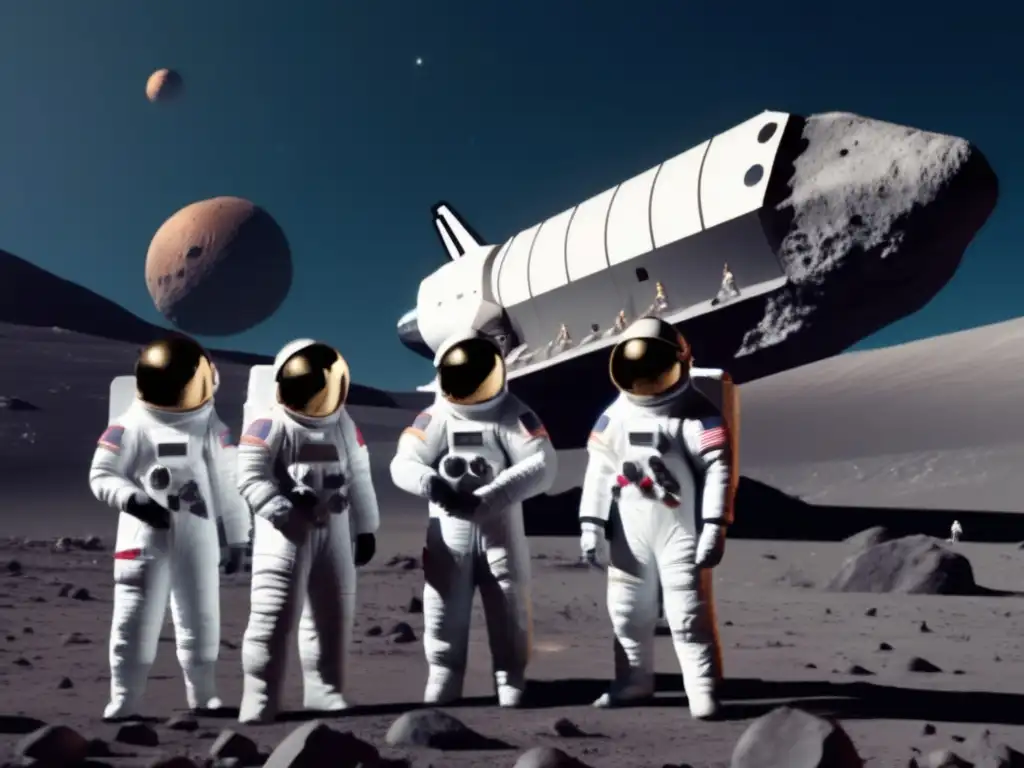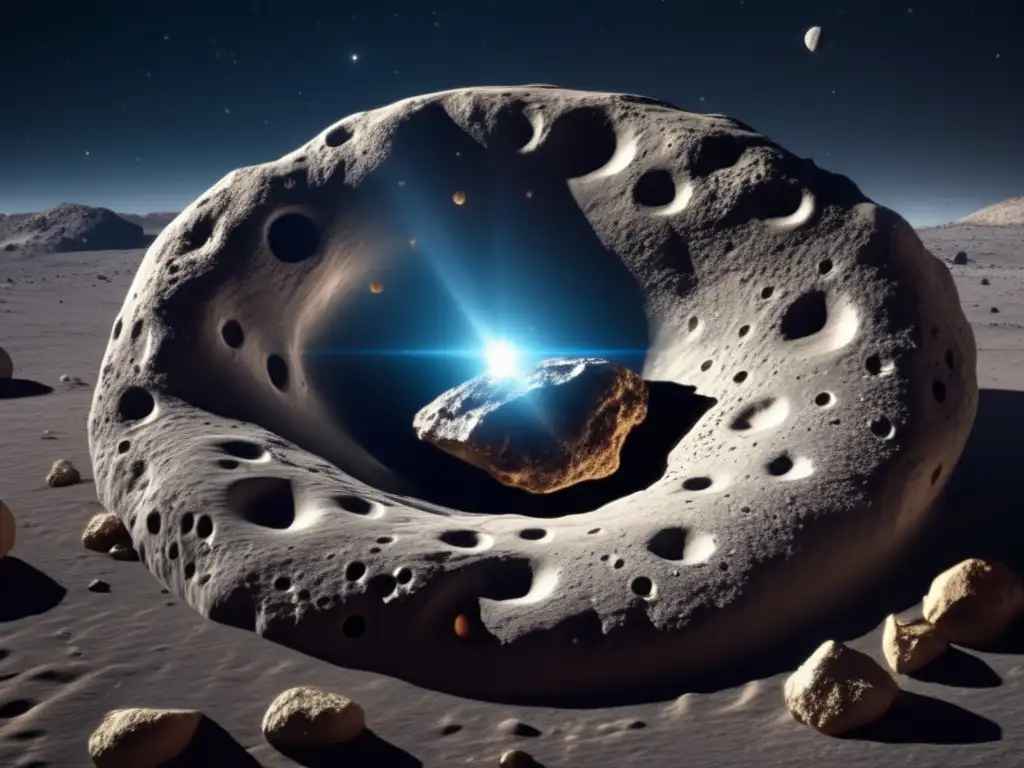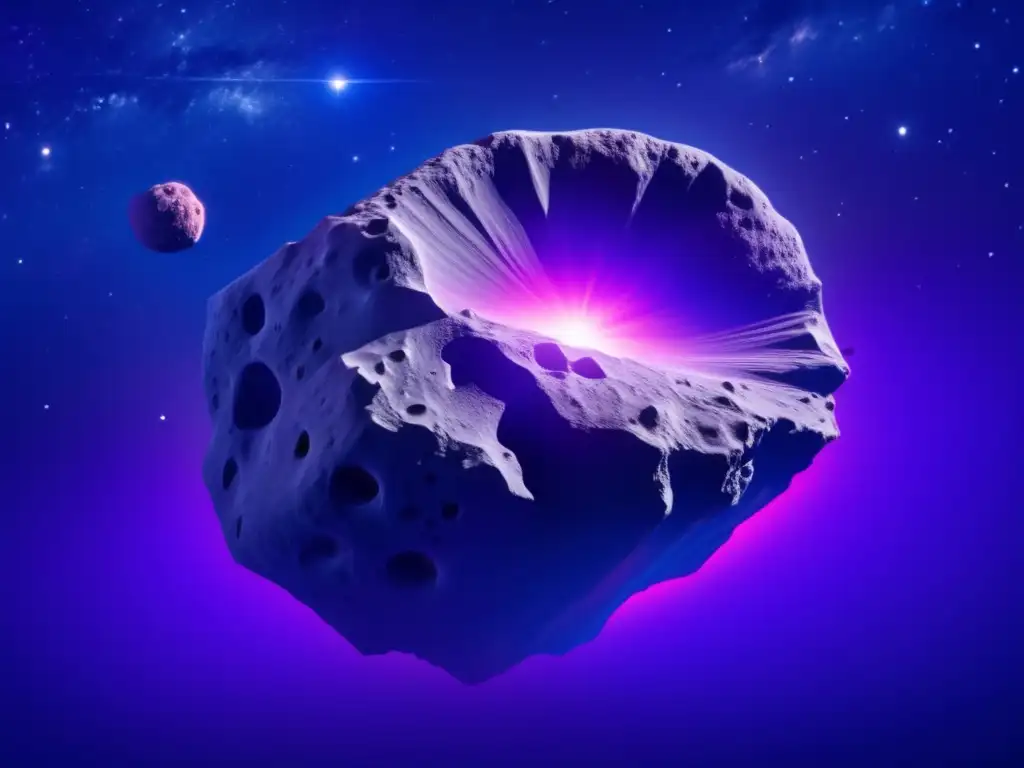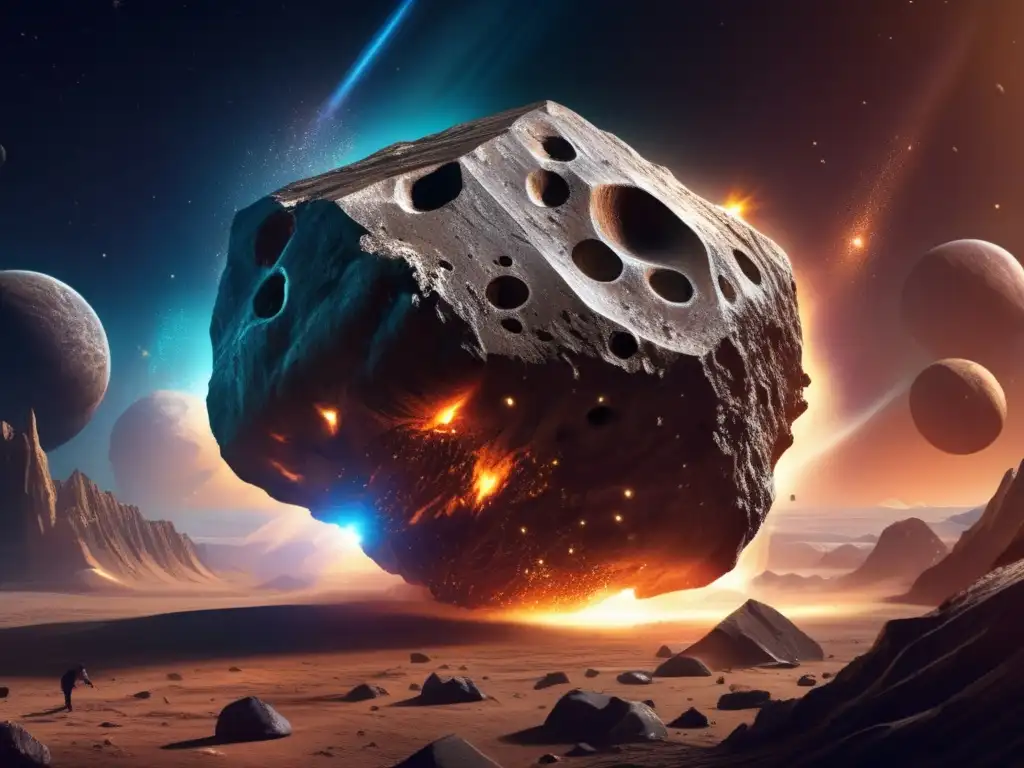What We Know About Asteroid Perseus

Introduction
Asteroids have long fascinated astronomers and space enthusiasts alike. These celestial objects, often referred to as "minor planets" or "planetoids," are rocky remnants left over from the early formation of our solar system. Among them is Asteroid Perseus, an intriguing asteroid with its own unique characteristics and history. In this article, we will explore what we know about Asteroid Perseus, shedding light on its composition, orbit, and other fascinating aspects.
The Discovery of Asteroid Perseus

Early Observations
Asteroid Perseus was first discovered on January 16, 1862, by astronomer N.R. Pogson at the Radcliffe Observatory in Oxford, England. Its discovery was part of the ongoing effort to catalog and study asteroids within our solar system. Pogson named the asteroid after the legendary hero Perseus from Greek mythology.
Physical Characteristics
Based on subsequent observations and studies, scientists estimate Asteroid Perseus to have a diameter of approximately 36 kilometers. Its shape is irregular, resembling a potato or a rough rock. The asteroid's surface is likely covered in a layer of dust and rocks, indicating a heavily cratered terrain.
Orbit and Location
Asteroid Perseus follows an elliptical orbit around the Sun, lying within the inner region of our asteroid belt between the orbits of Mars and Jupiter. Its average distance from the Sun is around 3 astronomical units (AU), roughly equivalent to three times the average distance between Earth and the Sun.
Composition and Mineralogy

Composition
By analyzing the asteroid's reflection spectra, astronomers have determined that Asteroid Perseus belongs to the carbonaceous composition group. These types of asteroids are known to contain organic compounds, water ice, and other volatile substances, making them of particular interest for studying the origins of life on Earth.
Mineralogy
Further studies have revealed that Asteroid Perseus likely contains minerals such as olivine, pyroxene, and hydrated silicates. These minerals provide valuable insights into the formation and evolution processes that occurred during the early stages of our solar system.
Potential Impact Hazard
Despite its intriguing composition, Asteroid Perseus poses no significant threat of impact with Earth. Its orbit is well-determined, and based on current calculations, there is no indication of any future close encounters with our planet.
Exploration and Future Missions

Spacecraft Visits
As of now, no spacecraft has been sent specifically to explore Asteroid Perseus. However, various missions have been launched to study asteroids in general, contributing to our overall understanding of these remarkable objects. Examples include NASA's OSIRIS-REx mission and Japan's Hayabusa2 mission, which have successfully collected samples from asteroids Bennu and Ryugu, respectively.
Future Prospects
While no dedicated mission to Asteroid Perseus is planned at the moment, the exploration of asteroids continues to be a significant focus for space agencies worldwide. With technological advancements and increased scientific interest, it is possible that future missions may target Perseus or other similar asteroids to unravel their mysteries further.
Scientific Research
Scientists and researchers continue to study Asteroid Perseus remotely using ground-based telescopes and instruments. They analyze the asteroid's spectral data, study its shape and rotation, and conduct experiments to gain a deeper understanding of its physical properties and composition.
Frequently Asked Questions

-
What is the size of Asteroid Perseus?
Asteroid Perseus has an estimated diameter of approximately 36 kilometers.
-
Is Asteroid Perseus a threat to Earth?
No, Asteroid Perseus poses no significant threat of impact with Earth based on current calculations.
-
Has any spacecraft visited Asteroid Perseus?
No, as of now, no spacecraft has been sent specifically to explore Asteroid Perseus.
-
What is the composition of Asteroid Perseus?
Asteroid Perseus belongs to the carbonaceous composition group, containing organic compounds and water ice.
-
Are there any future missions planned for Asteroid Perseus?
Currently, there are no dedicated missions planned for Asteroid Perseus, but future prospects remain open for exploration.
Conclusion
Asteroid Perseus is a captivating object within our solar system, offering valuable insights into the formation and evolution of asteroids. Its carbonaceous composition and potential organic compounds make it a target of interest for scientists studying the origins of life in the universe. While no dedicated missions have been launched to explore Asteroid Perseus, ongoing research and future prospects continue to expand our knowledge of these enigmatic celestial bodies. As we uncover more about Perseus and other asteroids, we unlock a deeper understanding of the history and diversity of our cosmic neighborhood.
Thank you for joining us on this journey through the intriguing world of Asteroid Perseus. We encourage you to share your thoughts and comments below. Don't forget to subscribe to our newsletter and follow us on social media for more exciting content related to asteroids and the wonders of space. Together, let's continue exploring the reaches of the asteroid realm!
Additional Resources

If you want to delve deeper into the topic of asteroids, here are some recommended resources:
- NASA's Asteroid and Comet Watch
- International Astronomical Union - Small Bodies
- NASA's In-Depth: Asteroids
- NASA Jet Propulsion Laboratory - Asteroids and Comets
 The Secrets Of Asteroid Hercules
The Secrets Of Asteroid Hercules Uncovering The Unique Features Of Asteroid Cacus
Uncovering The Unique Features Of Asteroid Cacus The Tale Of Asteroid Circe
The Tale Of Asteroid CirceIf you want to discover more articles similar to What We Know About Asteroid Perseus, you can visit the Asteroid Profiles category.
Leave a Reply

Articulos relacionados: